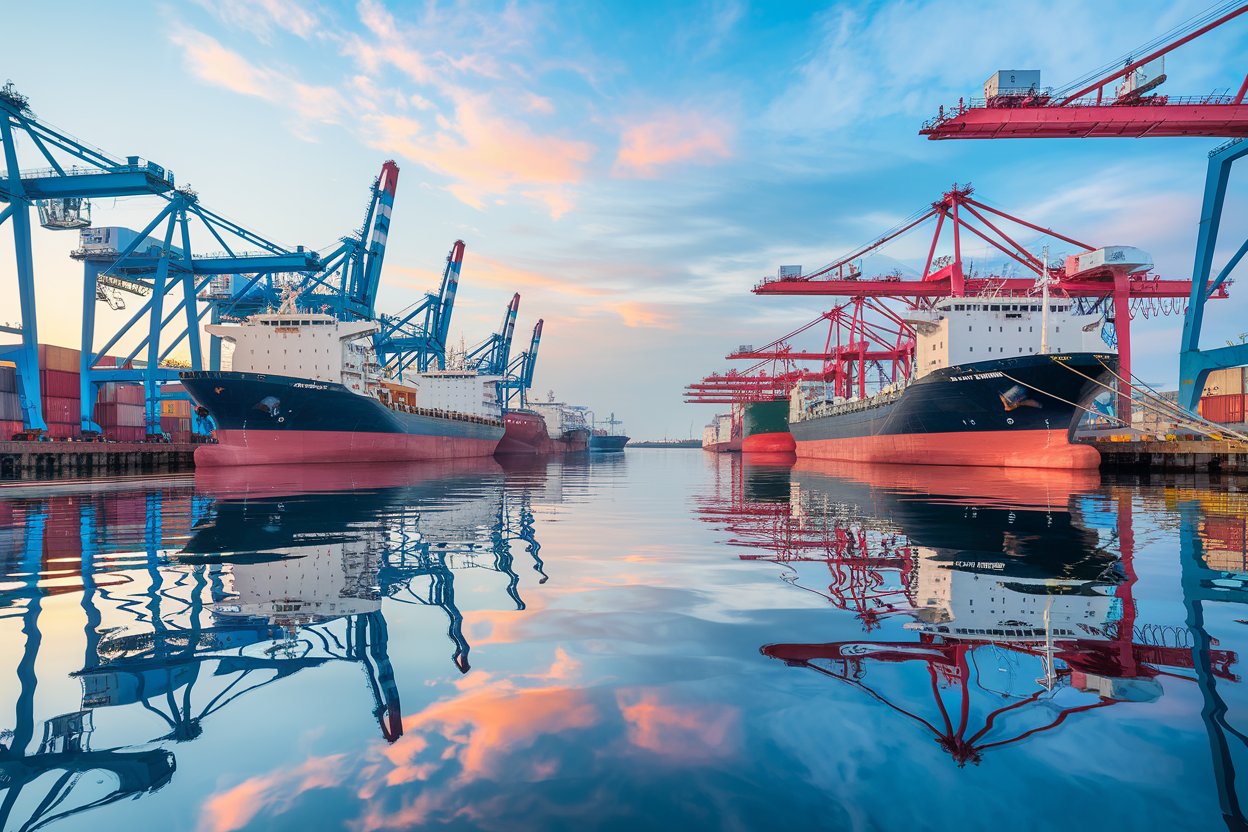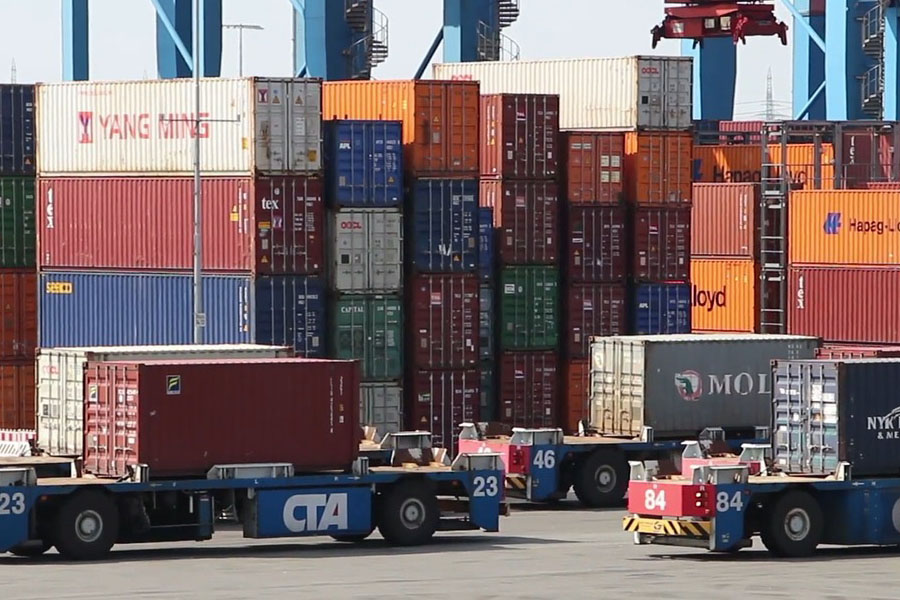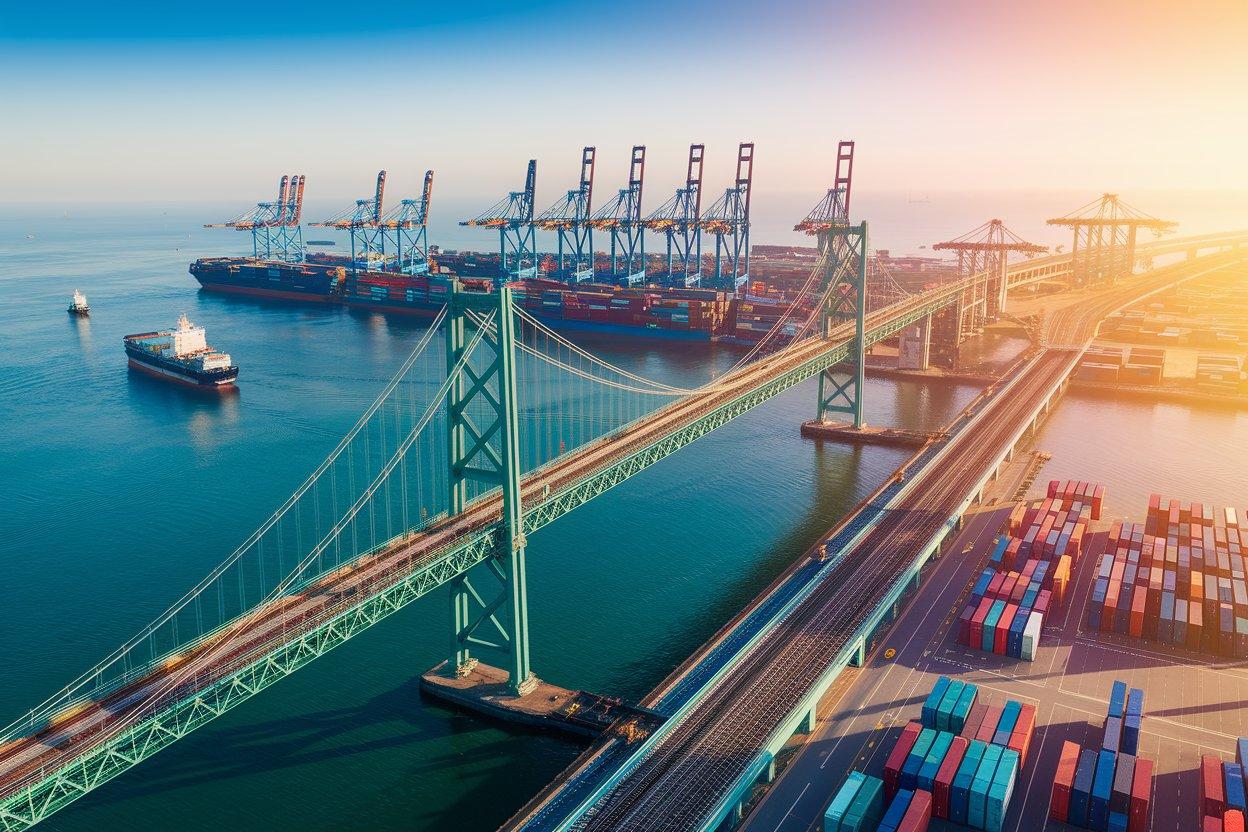- Shanghai Zhongshen International Trade Co., Ltd. - Two decades of trade agency expertise.
- Service Hotline: 139 1787 2118
Plastic building materials hold a significant position in the global construction market due to their durability, lightweight nature, and cost-effectiveness. These materials include products such as plastic doors, windows, and their frames. Every step—from precise HS code selection and strict target market certification requirements to packaging and documentation preparation for logistics—determines whether the product can smoothly enter the international market. Especially when facing EU CE certification or U.S. environmental regulations, even minor oversights can lead to product detention or return. This article systematically outlines the key points for exporting plastic building materials while revealing how agency services can help companies reduce risks and improve efficiency.
Contents
ToggleI. HS Codes for Plastic Building Materials
According to theimport and exportAccording to the Customs Tariff and the Harmonized System (HS Code) in international trade, the specific classifications for plastic building materials are as follows:
- Plastic Doors and Their Frames
- HS Code: 3925.20
- Description: Plastic doors and their frames used in construction, suitable for indoor and outdoor applications, featuring weather resistance and easy maintenance.
- Plastic Windows and Their Frames
- HS Code: 3925.30
- Description: Plastic windows and frames for buildings, offering moisture resistance, sound insulation, and thermal insulation properties.
- Plastic Building Accessories
- HS Code: 3925.90
- Description: Includes other plastic building materials such as plastic railings, partitions, and decorative strips.
- Other Plastic Sheets and Pipes
- HS Code: 3920.10 – 3921.90
- Description: Includes plastic plates, sheets, films, foils, and plastic pipes for construction use.
- Plastic Decorative Components
- HS Code: 3926.90
- Description: Other plastic products not listed elsewhere, including decorative strips and detail components.
When accurately classifying products, it is necessary to declare based on the products actual function, material, and usage scenario, combined with product manuals and technical parameters.

II. Key Considerations for Exporting Plastic Building Materials
Ensure Product Compliance with Target Market Regulations and Standards
- Technical Standards: Countries have strict requirements for the technical performance of building materials, such as weather resistance, fire resistance, and impact resistance. Exporting companies should familiarize themselves with the technical standards of target markets in advance, such as the EUs CE certification, U.S. ASTM standards, or ISO standards.
- Environmental protection requirements: Plastic building materials must meet environmental requirements, such as Europes REACH regulations and RoHS directives, which restrict the use of certain hazardous chemicals.
Export Documents
- Product Labeling: Plastic building materials must display clear product information, including model, material, manufacturer name, and address.
- Certification Marks: Depending on different market requirements, additional certification marks may be needed, such as CE marking, UL certification, etc.
- Language Requirements: Product labels and instructions must use the official language of the target market, for example, exports to the EU require local languages.
IV. The Role of Export Agency Services
- Packaging Materials: Choose sturdy, moisture-proof packaging materials such as waterproof cartons and foam padding to protect product integrity during transportation.
- Transportation method: Select appropriate transportation methods based on export destination and cargo characteristics (such asMaritime TransportationorAir Transportation). For large items like plastic doors and windows, special attention should be paid to protective measures during loading and unloading.
Documentation Preparation
- Commercial invoice and packing list: Clearly describe the name, specifications, quantity, and price of the goods to ensure consistency with the actual shipment.
- It is recommended to verify through the following methods:Certificate: Provide relevant certificates of origin according to target market requirements (e.g., Form E for China-ASEAN Free Trade Agreement).
- Certification documents: Provide relevant technical test reports, environmental certification documents, etc., to prove product compliance with import country requirements.
III. Overview of the Export Process
- Market research and customer confirmation Determine the demand for plastic building materials and technical specifications in the target market, and clarify product requirements, certification needs, and delivery terms with customers.
- Signing contracts and preparing goods Sign export contracts with customers, produce according to contract requirements, and ensure product quality meets target market standards.
- Obtaining relevant certifications Apply for necessary product certifications such as CE, RoHS, or other compliance certificates required by the target market.
- Document preparation and customs declaration Prepare commercial invoices, packing lists, certificates of origin, and other documents, declare to customs, and pay relevant fees.
- Transportation and customs clearance Arrange transportation methods to ship goods to the destination. Cooperate with importers to complete customs clearance procedures and ensure smooth entry into the target market.
IV.Export RepresentationThe role of services
foreign tradeAgent service companies can play the following roles in the export process of plastic building materials:
- Policy and regulation consultation
- Provide information on target market technical standards, certification requirements, environmental regulations, etc.
- Guide enterprises on how to meet trade compliance requirements in various countries.
- Documentation Processing
- Assist in preparing export documents such as commercial invoices, packing lists, and certificates of origin.
- Ensure document accuracy to reduce customs risks.
- Customs Declaration and Clearance
- Help enterprises complete customs declarations and quickly resolve potential issues during the process.
- Collaborate with customs clearance agents in importing countries to ensure smooth passage through target country customs.
- Logistics Arrangement
- Provide logistics solutions from shipment to destination, including transportation method selection and cargo insurance.
- Track shipment status to ensure safe and timely arrival.
- After-sales Support
- Provide follow-up consulting services to assist with tax refund applications, customer feedback, and potential after-sales issues.
Conclusion
The export of plastic building materials is not just about product output, but also a comprehensive test of compliance and quality. From certification documents to customs clearance logistics, every step requires precise operation. In this process, professional foreign trade agency service companies are undoubtedly reliable partners for enterprises. Through scientific planning and professional support, enterprises can not only reduce export difficulties but also focus more on market development and product innovation. Seize the opportunity, move towards the global market, and let plastic building materials unleash greater value in the international market!
Related Recommendations
? 2025. All Rights Reserved. Shanghai ICP No. 2023007705-2  PSB Record: Shanghai No.31011502009912
PSB Record: Shanghai No.31011502009912










